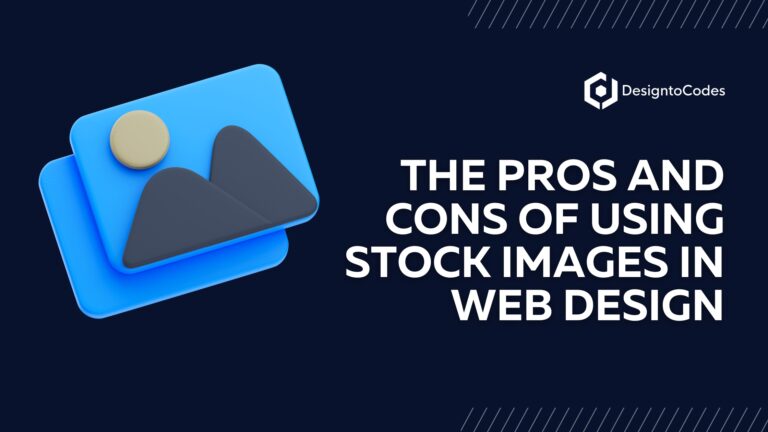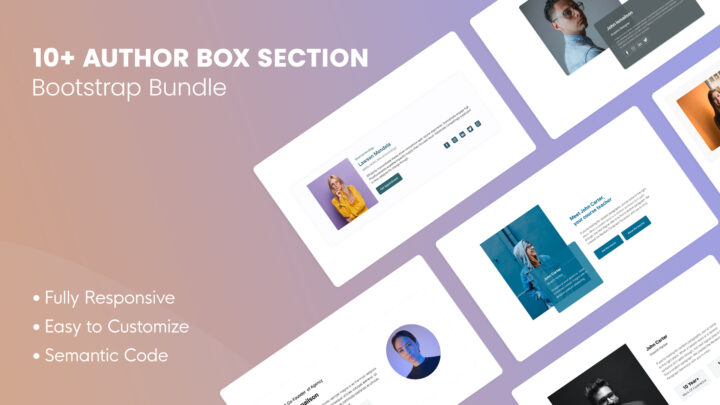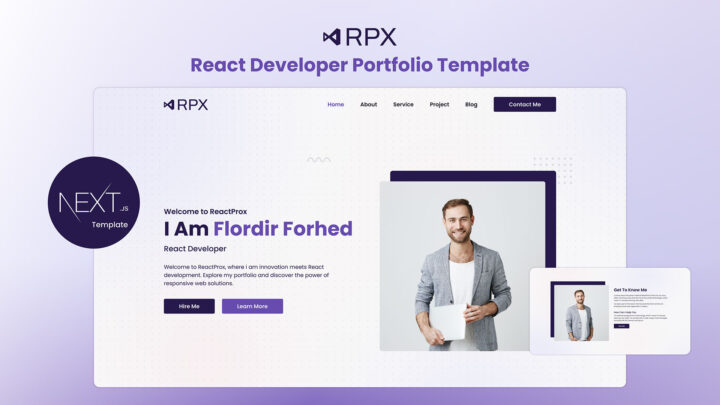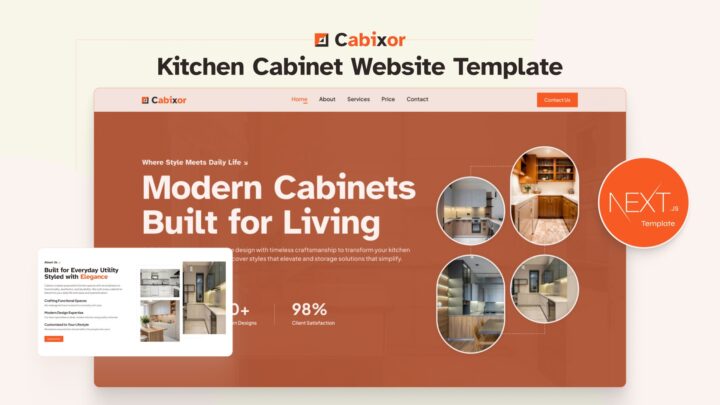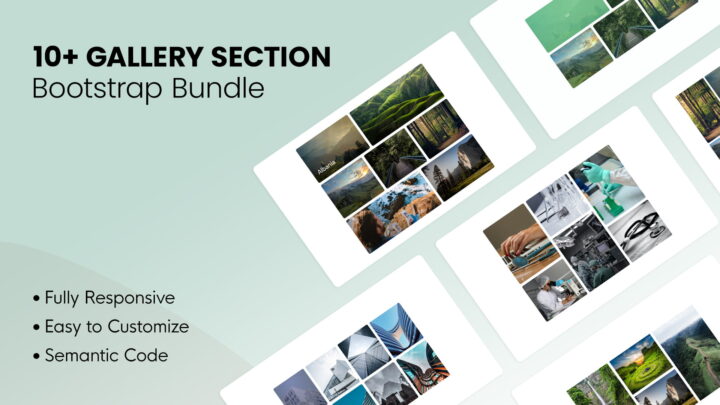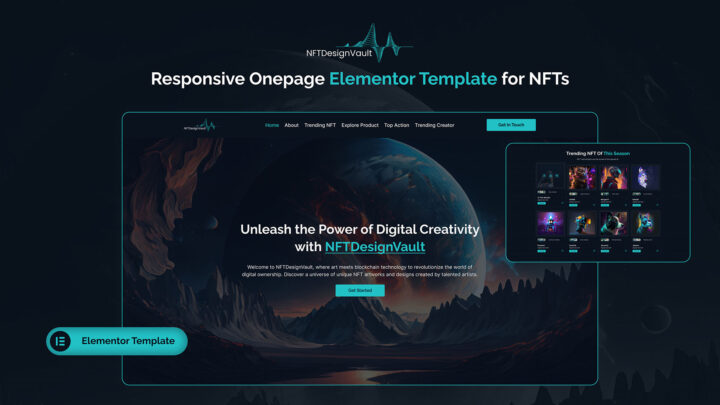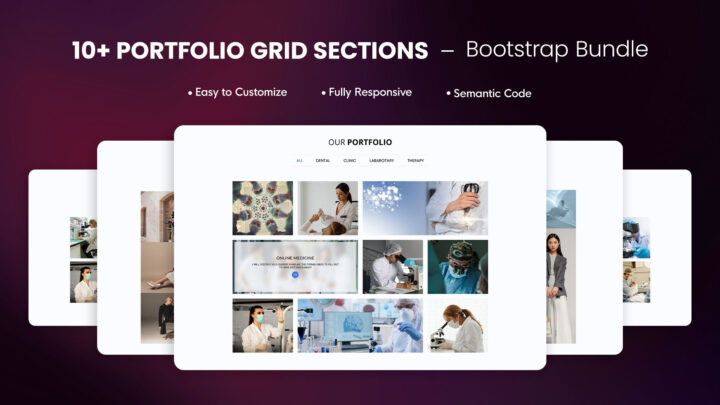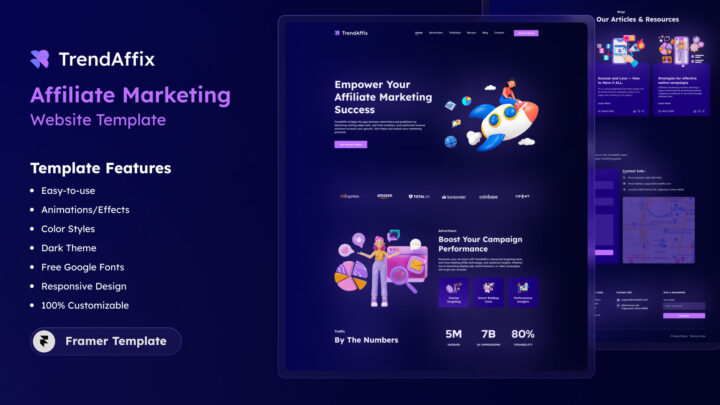
Unleashing the Potential of NFTs: Art and Digital Ownership
In recent years, Exploring the vast potential of NFTs has opened new frontiers in digital ownership and creative expression. have taken the digital world by storm, revolutionizing the way we perceive art and digital ownership. NFTs provide a unique and secure way to represent ownership of digital assets, whether it’s digital art, music, virtual real estate, or collectibles. This article explores the potential of NFTs, their impact on the art world, digital ownership, and their potential in various industries.
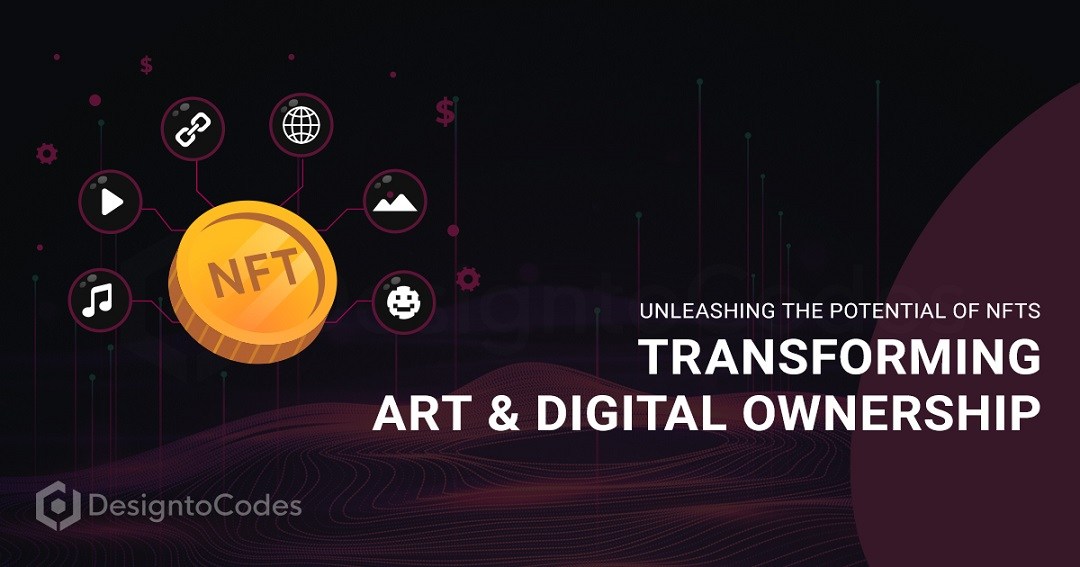
What are Non-Fungible Tokens (NFTs)?
NFTs are unique cryptographic tokens that represent ownership of a specific asset on a blockchain network. Unlike cryptocurrencies like Bitcoin or Ethereum, which are fungible and interchangeable, each NFT is distinct and cannot be exchanged on a one-to-one basis with another token.
How do Non-Fungible Tokens (NFTs) Work?
To understand NFTs better, imagine them as digital certificates of authenticity for virtual or physical items. These certificates are recorded on a blockchain, ensuring their provenance and scarcity. NFTs are created using smart contracts, which are self-executing contracts with the terms directly written into the code. This process allows artists and creators to tokenize their work, giving them a new way to monetize their digital creations.
The Rise of NFTs in the Art World
NFTs revolutionizing art ownership
NFTs have disrupted the traditional art market by allowing artists to tokenize their work and sell it directly to collectors. This disintermediation has given artists more control over their creations and opened up new avenues for revenue generation.
Artists embracing NFTs
The allure of NFTs has attracted artists from various backgrounds to experiment with the technology. Notable artists have auctioned their digital art as NFTs, fetching astonishing prices and challenging the notion of art’s value.
NFTs and Digital Ownership
The concept of digital ownership
Digital ownership has long been a contentious issue, with the ease of copying and reproducing digital content. NFTs provide a solution by creating a sense of scarcity and uniqueness in the digital realm, allowing creators and collectors to establish true ownership.
Advantages of NFTs for digital assets
NFTs enable content creators to earn royalties from their work even after it changes hands multiple times. This feature empowers artists and incentivizes the creation of high-quality digital assets.
The Rise of NFT Marketplaces | Potential of NFTs
The growing popularity of NFTs has led to the emergence of specialized NFT marketplaces. These platforms act as intermediaries between artists, collectors, and investors, facilitating the buying, selling, and trading of NFTs.
Ethereum-Based Marketplaces
Ethereum, being the pioneering blockchain for NFTs, hosts several prominent marketplaces like OpenSea, Rarible, and SuperRare. These platforms have witnessed a surge in activity, showcasing a wide array of digital artworks, collectibles, and virtual real estate.
Beyond Art: Expanding Horizons
While NFTs gained significant recognition through art, their applications have expanded into various domains. NFTs have found utility in music, gaming, virtual real estate, domain names, and even digital fashion. The gaming industry, in particular, has embraced NFTs, allowing gamers to own in-game assets securely and trade them freely on blockchain-based marketplaces.
Challenges and Opportunities
Despite their immense potential, NFTs face challenges that need to be addressed to ensure their sustainable growth and integration into mainstream markets. Exploring the evolving landscape of art and digital ownership framework.
Environmental Concerns
One prominent criticism against NFTs is their environmental impact, as the energy consumption of blockchain networks raises concerns about carbon footprints. However, efforts are being made to transition from energy-intensive proof-of-work (PoW) to more eco-friendly proof-of-stake (PoS) consensus mechanisms, reducing the overall carbon footprint of NFT transactions.
Intellectual Property and Copyright
As the NFT space grows, issues related to intellectual property and copyright infringement may arise. It becomes essential for platforms and creators to adopt robust mechanisms for verifying ownership and ensuring that tokenized assets are genuinely owned by the creators.
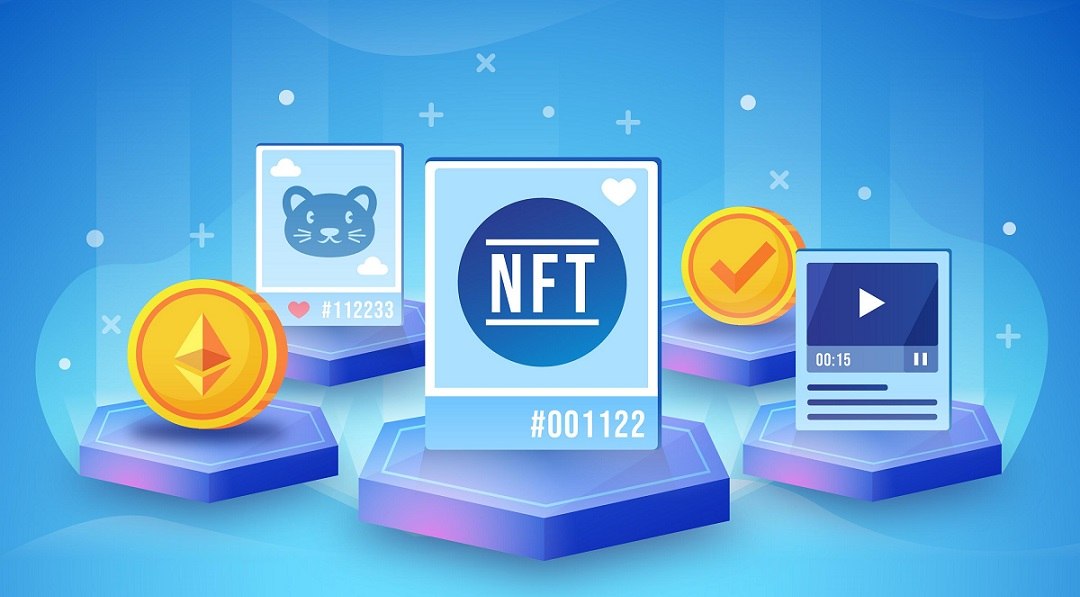
NFTs in Entertainment and Gaming | Potential of NFTs
Musicians are exploring NFTs as a means of connecting with their fans and providing exclusive content, such as limited edition tracks or concert tickets. Virtual reality platforms and gaming environments are integrating NFTs to allow players to own and trade unique in-game assets, enhancing the gaming experience.
Investing in NFTs
Some individuals view NFTs as an investment asset, hoping to capitalize on the potential appreciation of rare digital assets in the future. As with any investment, NFTs come with risks, including market volatility, potential scams, and changing regulatory landscapes.
Real-world Use Cases of NFTs
Tokenizing real estate: NFTs have the potential to revolutionize the real estate industry by enabling fractional ownership and simplifying property transfers.
NFTs in collectibles and memorabilia: Collectibles and memorabilia, from sports cards to virtual items, have found new life as NFTs, attracting both avid collectors and curious investors.
Advantages and Disadvantages of NFTs
Advantages:
- Unique Ownership: NFTs provide a verifiable and unique ownership experience.
- Artists Empowerment: NFTs empower artists and creators by enabling direct monetization.
- Increased Value: Digital assets gain value and scarcity through NFTs.
Disadvantages:
- Environmental Impact: The energy consumption of NFTs raises environmental concerns.
- Potential Scams: The NFT market has attracted scams and fraudulent activities.
How to Get Started with NFTs
- Educate Yourself: Learn about NFTs, blockchain, and how the technology works.
- Choose a Platform: Select a reliable NFT marketplace or platform to create and sell your NFTs.
- Create Your NFT: Tokenize your digital artwork or asset using the platform’s guidelines.
- Set a Price: Decide on a fair price for your NFT, considering its uniqueness and value.
- Engage with the Community: Interact with other NFT enthusiasts and artists to grow your network.
Exploring the potential uses of blockchain and NFTs in construction can revolutionize project management, transparency, and asset tracking.
NFT Security and Avoiding Scams
- Use Reputable Platforms: Stick to well-known NFT marketplaces to minimize the risk of scams.
- Verify Authenticity: Double-check the NFT’s authenticity and creator before making a purchase.
- Be Wary of Unrealistic Deals: Avoid deals that seem too good to be true, as they might be scams.
Non-Fungible Tokens (NFTs) in the Future | Potential of NFTs
The future of NFTs holds tremendous promise, as these unique tokens continue to redefine the concept of ownership in the digital age.
Tokenization of Real-World Assets
The concept of tokenization can extend beyond the digital realm to real-world assets like real estate, luxury goods, and stocks. NFTs have the potential to revolutionize traditional financial systems by fractionalizing ownership, making investments more accessible to a broader audience.
Democratizing Art and Creativity
NFTs have the power to democratize the art world by providing a direct link between artists and their audience. This empowers emerging artists to gain recognition and monetize their creations without the need for traditional gatekeepers.
Cultural Heritage and Preservation
NFTs offer an innovative approach to preserving cultural heritage and historical artifacts in digital form. By tokenizing culturally significant items, communities can safeguard their heritage and ensure its accessibility to future generations.
FAQs: Potential of NFTs
Can NFTs be copied?
While the digital content associated with an NFT can be copied, the token itself represents true ownership and cannot be duplicated.
Are NFTs only for art?
No, NFTs have applications beyond art and are being explored in music, gaming, virtual real estate, collectibles, and more.
Are NFTs a good investment?
NFTs can be an investment opportunity, but like any investment, they come with risks and require thorough research.
What is the future of NFTs?
The future of NFTs looks promising, with potential impacts on various industries and advancements in NFT technology.
Conclusion: Potential of NFTs
In conclusion, NFTs have unleashed a world of possibilities, transforming art and digital ownership like never before. With their unique features and benefits, NFTs have empowered creators, artists, gamers, and enthusiasts to participate in the digital revolution actively.
The future of NFTs is brimming with promise, as more industries recognize their potential and adapt to this groundbreaking technology. As the world continues to embrace NFTs, we can expect to witness even more innovative use cases and opportunities.
Free Download Web UI Kits
- Categories: NFT
Recent Posts
Recent Products
Share This Post
Subscribe To Our Newsletter
Get More Update and Stay Connected with Us


